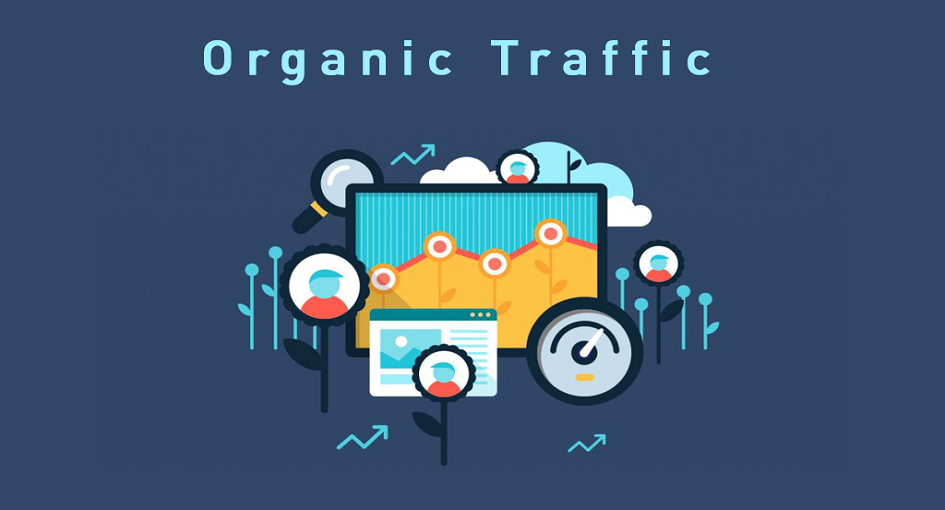
Organic traffic is the lifeblood of any website. It consists of visitors who find your site through search engines like Google without the need for paid advertising. To succeed in the digital landscape, it’s crucial to increase your website’s organic traffic. Explore seven effective strategies to boost your website’s visibility and attract more organic visitors.
Creating high-quality, valuable, and relevant content is the cornerstone of increasing organic traffic. Search engines prioritize content that provides answers, solutions, or entertainment to users. Consistently publish content that addresses the needs and interests of your target audience. This can include blog posts, articles, videos, infographics, and more.
On-page SEO is the practice of optimizing individual web pages to rank higher and earn more relevant traffic in search engines. Key elements of on-page SEO include:

Off-page SEO focuses on activities outside your website that impact your search engine rankings. Key off-page strategies include:
In an era where mobile devices dominate, it’s crucial to ensure that your website is responsive and offers an excellent user experience on smartphones and tablets. Google prioritizes mobile-friendly websites, so optimizing for mobile is essential for ranking in search results.
Page loading speed is a critical factor for SEO and user experience. Optimize your site’s speed by compressing images, enabling browser caching, and minimizing unnecessary scripts. Faster-loading pages reduce bounce rates and keep visitors engaged.
While short-tail keywords are important, long-tail keywords can be a goldmine. They are more specific and less competitive, making it easier to rank for them. Consider incorporating long-tail keywords into your content strategy to attract niche audiences.

Regularly analyze the performance of your SEO efforts. Monitor key metrics such as traffic, click-through rates, and conversion rates. Use data to make informed decisions and continually refine your SEO strategy.
If your business serves a specific geographical area, optimizing for local search is crucial. Create and verify your Google My Business listing, ensuring that your NAP (Name, Address, Phone number) information is consistent across the web. Encourage customer reviews and ratings, as these are vital for local SEO. Additionally, use local keywords and create location-specific content to attract local visitors.
Diversifying your content types can help you reach a broader audience. In addition to traditional blog posts, consider incorporating different formats such as podcasts, webinars, e-books, and visual content like infographics and videos. Different content types cater to various learning preferences, making your website more appealing to a wider range of visitors.
Social media plays a significant role in increasing traffic. Promote your content on various social platforms, engage with your audience, and encourage social sharing. Social signals, such as likes, shares, and comments, can indirectly influence search engine rankings, making it essential to maintain an active and engaging presence on social media.
Voice search is becoming increasingly prevalent with the rise of smart speakers and virtual assistants. To capture voice search traffic, focus on natural language and conversational keywords. Create content that answers common voice-based queries and provides concise, informative responses. Voice search optimization can help you tap into the growing audience using voice-activated devices for online searches.
In conclusion, increasing organic traffic to your website is an ongoing process that requires dedication and strategic effort. By focusing on creating high-quality content, optimizing on-page and off-page SEO, ensuring mobile-friendliness, speeding up your site, targeting long-tail keywords, and analyzing data, you can drive more traffic to your website.
Remember that SEO is not just about rankings; it’s about providing value to your audience, meeting their needs, and delivering an exceptional online experience. As you work to increase your website’s traffic, staying informed about the latest SEO trends and best practices is key to long-term success in the ever-evolving digital landscape. With the right strategies and a focus on user satisfaction, you can effectively boost your website’s traffic and reach your online goals.